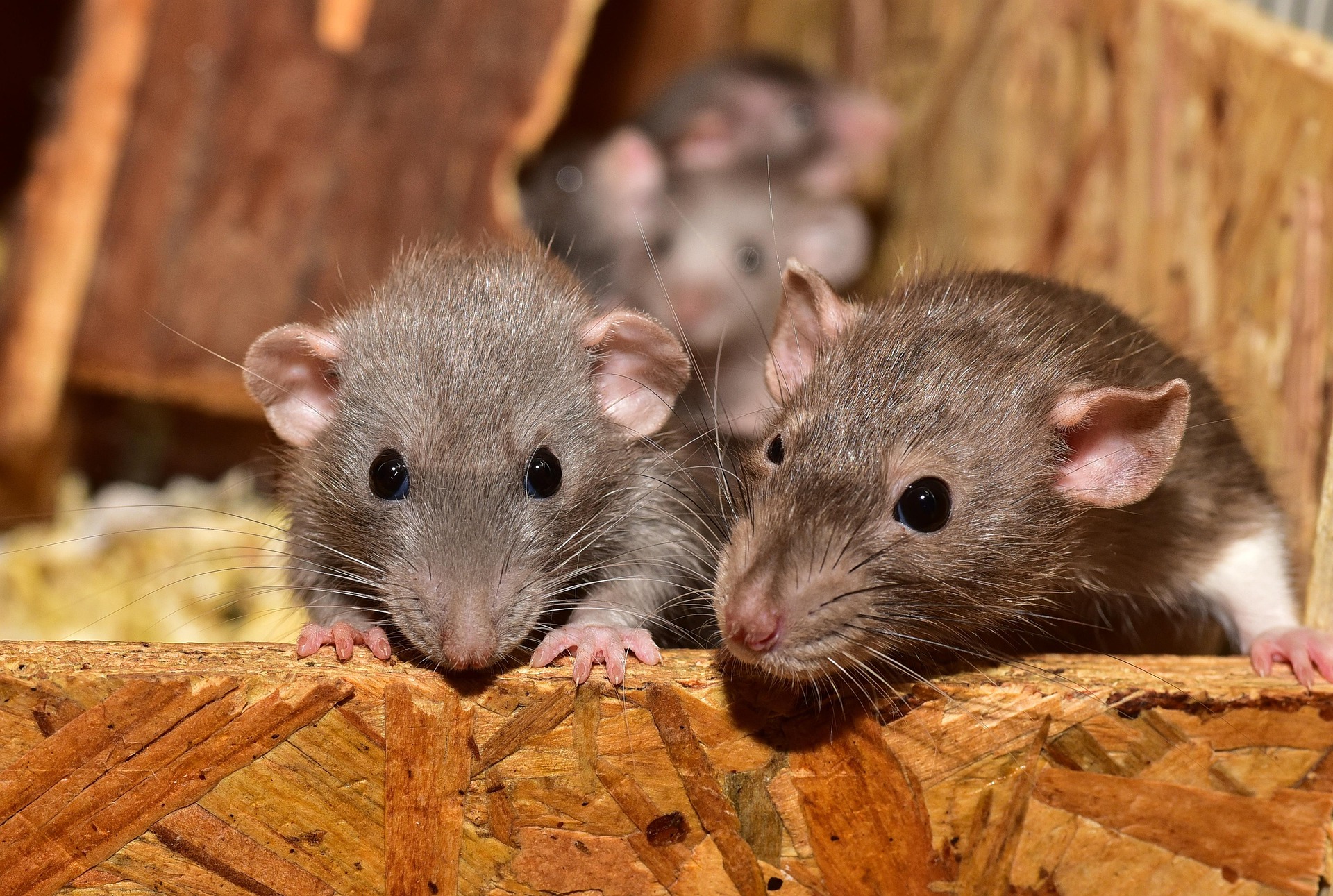Understanding the Influential Role of Pet Therapy in Modern Healthcare
In the modern world, the impact of pets extends beyond companionship. The emergence of pet therapy in healthcare is transforming lives. This article delves into the evolution, significance, and current developments in this fascinating field. Pet therapy, also known as Animal-Assisted Therapy (AAT), is a type of therapeutic intervention that involves animals in the treatment of various health conditions. The concept of pet therapy has existed for centuries, but it was only in the 1960s that it gained recognition as a legitimate therapeutic technique. It was Boris Levinson, a child psychologist, who first documented the therapeutic effects of animals on his patients. Since then, the field has developed significantly, with a growing body of research supporting its effectiveness.
The Therapeutic Power of Pets
Animals, particularly dogs, cats, guinea pigs, and horses, are commonly used in pet therapy. The interaction between patients and these animals can help alleviate symptoms of various health conditions, including depression, anxiety, dementia, and autism. It can also help improve cardiovascular health, reduce pain, and promote overall mental well-being. Moreover, pet therapy can facilitate social interaction, communication, and motor skills in children with developmental disorders.
Pet Therapy in the Current Healthcare Landscape
Today, pet therapy is widely used in various healthcare settings, including hospitals, nursing homes, mental health facilities, schools, and prisons. It is also integrated into the treatment plans for patients undergoing chemotherapy and veterans dealing with post-traumatic stress disorder. The American Veterinary Medical Association and the American Hospital Association both endorse pet therapy, illustrating its growing acceptance in the medical community.
The Market Impact of Pet Therapy
The rise of pet therapy has also influenced the pet industry. Various products, ranging from therapy animal vests and harnesses to specialized animal training programs, have emerged to support this therapeutic approach. The global animal-assisted therapy market is projected to grow at a CAGR of 4.27% from 2021 to 2026, indicating a promising future for this field.
The Future of Pet Therapy
With continuous research and advancements in the field, pet therapy is expected to become a mainstream therapeutic approach in the near future. As more healthcare facilities recognize the benefits of pet therapy, the demand for therapy animals and related products is likely to increase. Furthermore, advancements in technology could open new pathways for the application of pet therapy, such as virtual pet therapy for remote patients.
In conclusion, pet therapy is a dynamic and impactful field that has the potential to transform healthcare practices. Its ability to improve patients’ physical and emotional health is a testament to the profound bond between humans and animals, making it a therapeutic approach worth exploring further.





